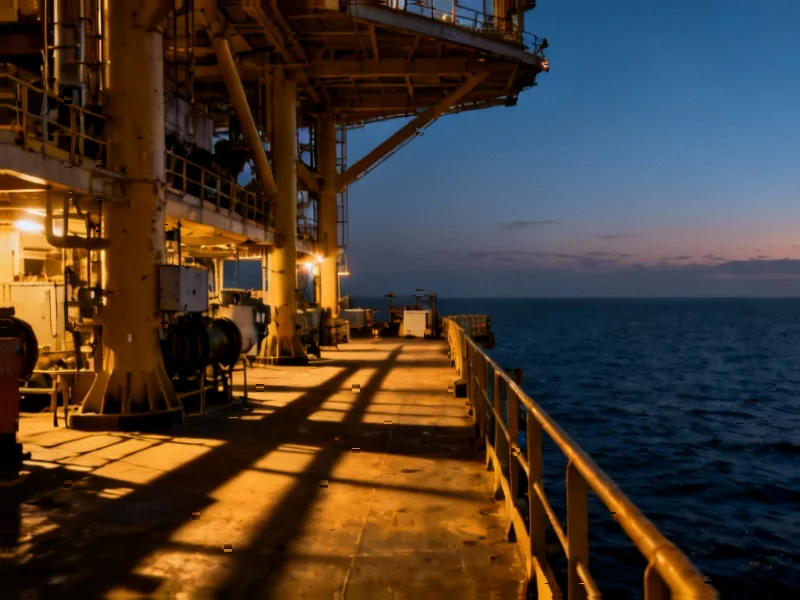According to TechCrunch, Cloudflare experienced massive outages on Tuesday morning that disrupted access to major platforms including X, ChatGPT, Claude, and Spotify. The timing couldn’t be more ironic for Elon Musk, whose X platform went down just one month after he specifically mocked AWS dependencies during that service’s outage. In a since-unavailable post, Musk had bragged that “X chat are fully encrypted with no advertising hooks or strange ‘AWS dependencies'” and claimed he couldn’t read users’ messages “even if someone put a gun to my head.” Signal President Meredith Whittaker used the opportunity on Bluesky to question why there are “no realistic alternatives to AWS and the other hyperscalers.” Cloudflare acknowledged the issue on its status page and was implementing a fix, though service hadn’t been fully restored to all customers at publication time.
The Infrastructure Irony
Here’s the thing about throwing stones from glass houses: eventually, your own windows break. Musk’s very public taunt about AWS dependencies during that November outage now looks, well, let’s call it premature. His platform relies on Cloudflare, another massive infrastructure provider that just demonstrated how fragile our internet backbone really is. And honestly, who hasn’t been guilty of a little schadenfreude when a competitor stumbles? But when your own service goes down a month later from the exact same type of issue, you’ve basically served yourself up as the main course for internet mockery.
The Bigger Problem Nobody’s Solving
Meredith Whittaker nailed the real issue here. It’s not about which specific provider fails—it’s that we’ve built an internet where there are virtually no alternatives to the hyperscalers. Cloudflare, AWS, Google Cloud, Azure—they’re the fundamental plumbing of the modern web. When one major pipe bursts, everything from your favorite music service to the platform where billionaires post gets flooded. So why do we keep putting all our eggs in so few baskets? The answer is complicated—cost, scalability, technical complexity—but the risk is becoming painfully obvious with every major outage.
What Happens Now?
Cloudflare will fix their issues, services will come back online, and everyone will move on. Until the next outage. The pattern here is becoming predictable: major infrastructure fails, high-profile services go dark, we have a day of panic and jokes, then we collectively forget until it happens again. But each incident chips away at the illusion of reliability that these cloud providers sell. For businesses that absolutely cannot afford downtime—whether they’re running manufacturing operations or financial services—this should be a wake-up call about diversification. Because when your entire business depends on someone else’s infrastructure staying up, you’re basically just hoping they don’t have a bad Tuesday.




